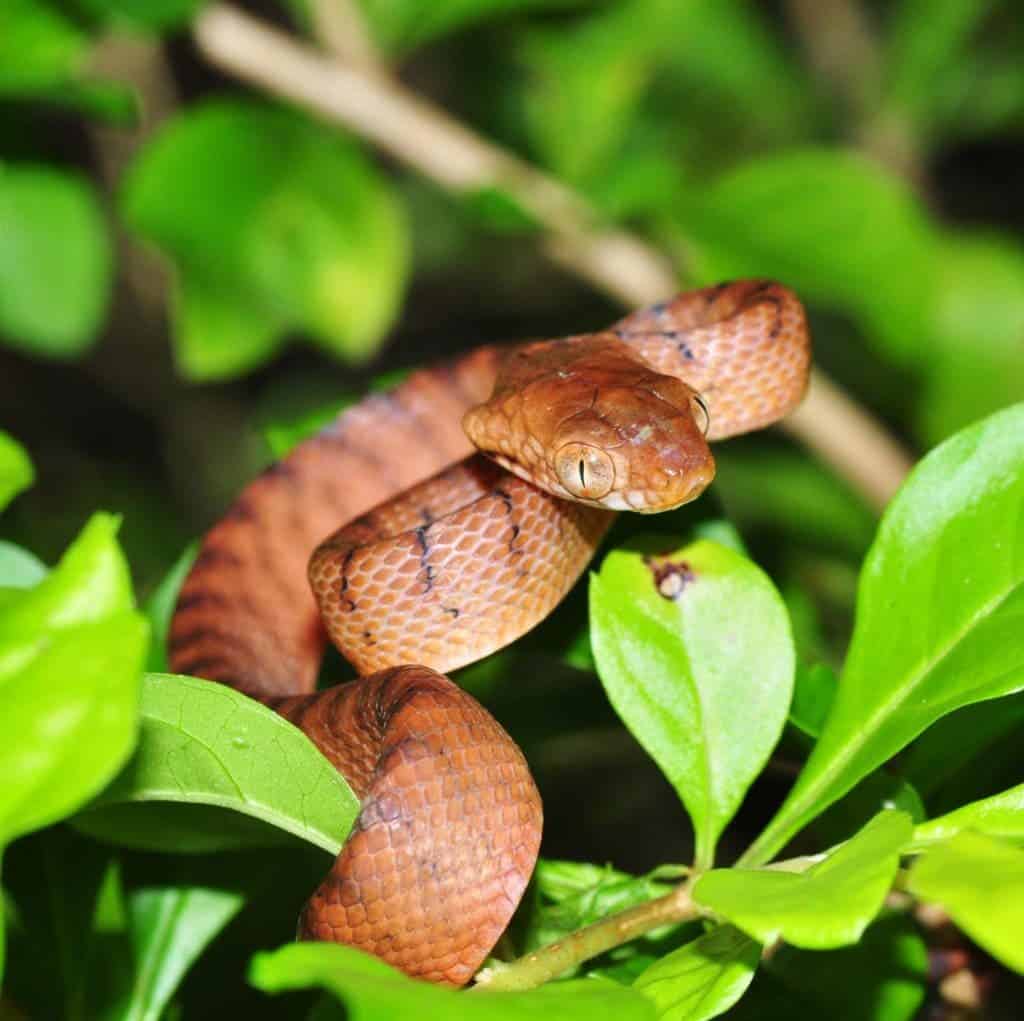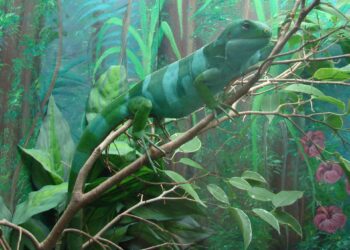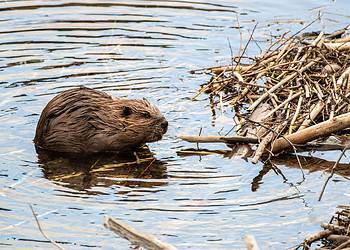When a foreign species is introduced into a new environment, it can wreak havoc on the local ecosystem through competition for resources or direct predation. According to a new study performed by the University College London (UCL), invasive species are the main drivers of extinction in the world, more so than human hunting or agriculture.

In the 1950s, brown tree snakes arrived on the island of Guam as stowaways from Papua New Guinea. The only native snake species was a small blind worm-like creature that didn’t bother its neighbors at all. In just a decade, the tree snake had expanded to every part of the island and by 1984, populations of rodents and birds were all virtually extinct. Meanwhile, the tree snake population gained a density of over 13,000 per square mile at the expense of species like the Guam broadbill, which became extinct.
UCL researchers analyzed the International Union for Conservation of Nature Red List — the most reliable database of endangered species — in order to investigate the impact of alien species on native ecosystems. Researchers found that since the year 1500, researchers found that invasive species have been solely responsible for 126 extinctions, representing 13% of a total of 953 global extinctions recorded thus far. Alien species were partly responsible for about 300 extinctions.
In total, 261 out of 782 animal species (33.4%) and 39 out of 153 plant species (25.5%) listed aliens as one of their extinction drivers. In contrast, native species impacts were associated with only 2.7% of animal extinctions and 4.6% of plant extinctions. Overall, the number of extinctions due to alien species is 12 times greater than those caused in part by native species.
“Some people have suggested that aliens are no more likely than native species to cause species to disappear in the current global extinction crisis, but our analysis shows that aliens are much more of a problem in this regard,” lead researcher Professor Tim Blackburn of UCL Biosciences, said in a statement.
“Our study provides a new line of evidence showing that the biogeographical origin of a species matters for its impacts. The invasion of an alien species is often enough to cause native species to go extinct, whereas we found no evidence for native species being the sole driver of extinction of other natives in any case.”‘
Besides alien species, the IUCN Red List identifies 11 other broad categories of extinction drivers, including native species, biological resource use, and agriculture. Biological resource use (i.e. human hunting and deforestation) ranked second on the list behind alien species, having been responsible for 18.8% of lost species.
Among invasive species, the worst offenders were black, brown, and Pacific rats and feral cats. Island habitats were the most vulnerable to invasive species since native species have no alternative home or additional populations.
Plants can also easily drive native species into oblivion. Some have been intentionally introduced for plantations or ornaments for gardens, but once in place, they spread uncontrollably. According to the study published in Frontiers in Ecology and the Environment, foreign plants are several times more likely than native to achieve a maximum cover of at least 80%.
Invasive microorganisms can be just as threatening as more complex organisms. The American chestnut once populated 200 million acres of the eastern United States. However, in the late 19th century, Asian settlers introduced the chestnut blight — a fungus which originally infected the Asian cousin, the Chinese chestnut — and in a matter of decades, all 4 billion trees had been eliminated from the country.
The number of extinctions due to invasive species is likely greater since the origin of some species is unknown, so Blackburn and colleagues assumed that they are native.
“However,” he said, “it is more likely that they are alien. Our results are therefore conservative in terms of the extent to which we implicate alien species in extinction. Also, many regions of the world have not been well studied, and there are likely to be further extinctions that haven’t been captured in these data.”
The findings highlight why biosecurity measures are crucial to preventing the introduction of an alien species, which, in some cases, can be impossible to control once an ecosystem is invaded. Previously, researchers from the Senckenberg Biodiversity and Climate Research Centre analyzed 46,000 recordings of alien animal and plant species that span five centuries, finding 16% of all species have invasive potential. And, let’s not forget that most of these invasive species have been introduced to new environments by humans — ultimately, it is us who are responsible for many extinctions.






